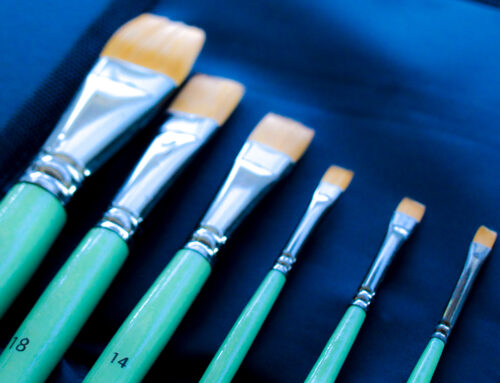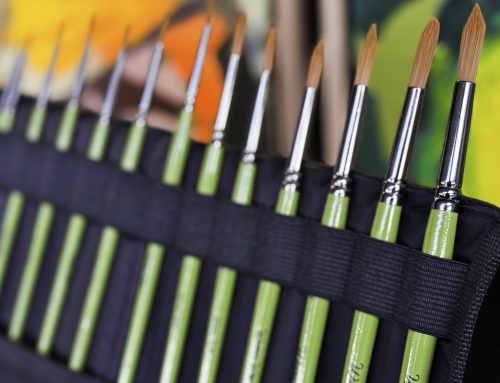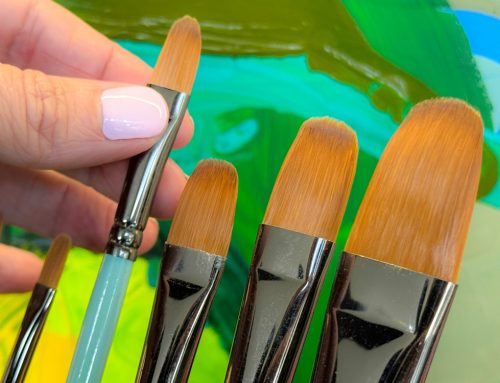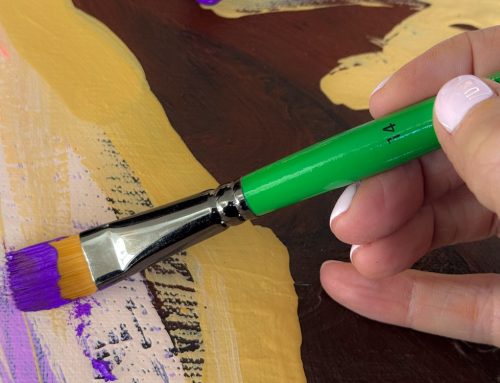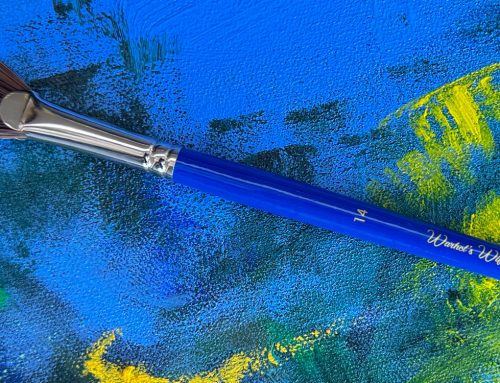Canvas stretcher: Sometimes, pre-made sizes just don’t cut it when creating the perfect canvas for your artwork. Whether you’re an artist, photographer, or framer, finding the exact dimensions you need can be a challenge. This is where canvas stretchers come in. Custom stretching allows you to create canvases in any size using the fabric you choose— cotton, transparent linen, or gessoed linen.
But how do you go about stretching a canvas to your specific dimensions? And what tools do professionals use to ensure a tight, smooth surface? In this guide, we’ll explore the process of custom stretching, the benefits of different fabrics, and the essential tools—including professional canvas pliers—to get the job done right.
The Problem: When You Can’t Find the Right Canvas Size
Every artist has been there. You have a vision for your next piece, but when you head to the art store or browse online, you can’t find a pre-made canvas frame in the right size. Standard dimensions might be too small, too large, or not proportional to your composition.
This can be frustrating, especially if you are working on a commission or need specific dimensions for a gallery requirement. But instead of compromising, the solution is simple: stretch your canvas. Custom canvas stretching empowers you to create a frame precisely the size you need, ensuring your artwork fits perfectly into its space.
Choosing the Right Fabric: Cotton, Transparent Linen, or Gessoed Linen?
Once you have decided to stretch your canvas, the next step is choosing the right fabric. Different types of canvas materials offer absorption levels, durability and unique textures.
1. Cotton Canvas
Cotton is one of the most popular choices for artists. It’s affordable, easy to stretch, and provides a smooth surface for painting. Cotton canvas is great for acrylic and oil painting, offering good absorbency and a uniform texture.
Pros:
- Budget-friendly
- Easy to stretch
- Medium surface for fine details
Cons:
- Can sag over time if not stretched properly
- Less durable than linen
2. Transparent Linen Canvas
Transparent linen is a high-quality option that provides a natural, raw look. Unlike pre-gessoed canvases, transparent linen allows artists to apply their own primer or leave the surface raw for unique effects.
Pros:
- Durable and stronger than cotton
- Natural texture enhances brushwk
- Professional look
Cons:
- More expensive than cotton
- Requires additional priming if you want a traditional painting surface
3. Gessoed Linen Canvas
Gessoed linen comes pre-primed, meaning it is ready to paint immediately. This is perfect for artists who prefer a professional-grade surface.
Pros:
- Already primed and ready to use
- Extremely durable
- Provides a smooth yet textured surface for painting
Cons:
- More rigid and harder to stretch
- Higher cost compared to raw fabrics
How to Stretch a Canvas to Custom Dimensions
Now that you have selected your canvas stretcher material, it is time to stretch it over a custom-sized frame. Here is how professionals do it:
Step 1: Gather Your Materials
You will need the following supplies:
- Canvas fabric (cotton, transparent linen, or gessoed linen)
- Canvas stretchers (pre-made bars or cut-to-size)
- Canvas pliers (essential for professional stretching)
- Measuring tape
- Scissors
- Staple gun & staples
Step 2: Assemble the Stretcher Bars
Using pre-made canvas stretchers, fit them together at the corners. For custom-cut frames, you will need to secure the corners with glue or screws to ensure stability.
Step 3: Cut the Canvas Fabric
Lay your fabric on a flat surface and place your frame on top. Cut the canvas, leaving at least 2-3 inches of extra fabric around each edge. This ensures you have enough material to wrap around the frame.
Step 4: Start Stapling One Side
Pull the canvas tightly over one side of the frame and staple it in place at the centre. Use canvas pliers to grip and pull the fabric taut before stapling. These pliers, used by professional framers, ensure even tension across the surface.
Step 5: Work Opposite Sides
Move to the opposite side, pull the canvas tightly, and staple it at the centre. Repeat the process for the remaining two sides, always working from the centre outward.
Step 6: Continue Stapling & Folding Corners
Once the middle staples are in place, work outward toward the edges, pulling the canvas tight with canvas pliers before each staple. When you reach the corners, fold them neatly and secure them with extra staples.
Step 7: Check for Tension & Adjust if Necessary
Your canvas should be firm and smooth, without any sagging or wrinkles. If necessary, use canvas pliers to re-tighten areas before adding additional staples.
Why a Canvas Stretcher is an Essential for Professional Results
A key part of successful canvas stretching is maintaining even tension across the surface. Canvas pliers help with this.
These pliers, commonly used by professional framers, provide a strong grip on the canvas fabric, allowing you to pull it tight before stapling. With them, achieving the even tension needed for a professional-quality surface becomes a confident and straightforward process.
Benefits of Using a Canvas Stretcher:
- Ensures an even, professional stretch
- Reduces hand strain compared to pulling by hand
- Helps prevent wrinkles and sagging over time
Solving the Problem: Custom Canvases Made Easy
By now, you can see why canvas stretchers are the ultimate solution when you can’t find the right canvas size. Instead of settling for a pre-made option that doesn’t meet your needs, you can create a custom-sized canvas with the perfect fabric and tension.
Whether you are working with cotton, gessoed linen, or transparent primed, stretching your own canvas gives you fullcontrol over the dimensions and quality. With the help of professional tools like canvas pliers, you can achieve flawless results every time.
So, consider making your own next time you struggle to find the perfect canvas. With the right materials and technique, you will have a perfectly stretched canvas ready for your next masterpiece.
Canvas Stretcher – Final Thoughts
Stretching your own canvas may seem daunting at first, but with practice, it becomes a simple and rewarding process. Not only does it allow for complete customisation, but it also saves money in the long run.
If you are serious about your art, investing in high-quality canvas stretchers and tools like canvas pliers is a game-changer. Whether using cotton, gessoed linen or transparent linen, custom stretching ensures your canvas is exactly how you need it to be.
Now, all that is left to do is start your next artwork—on the perfect canvas you created yourself!
VIPurpose Canvas Stretcher Rewards
With competitive prices and dedication towards our customer satisfaction, we here at Art Materials Australia pride ourselves on providing you with the best canvas stretcher rewards. Sign up for our VIPurpose points program today and get even better discounts through our store and online purchases on all the art materials you need.
Contact us
If you have any queries, please do not hesitate to contact an Art Materials Australia creative member.
Text: 0411248217
E: orders@artmaterialsaustralia.com.au
Join us: Facebook, Instagram, TikTok, Pinterest or Youtube.


